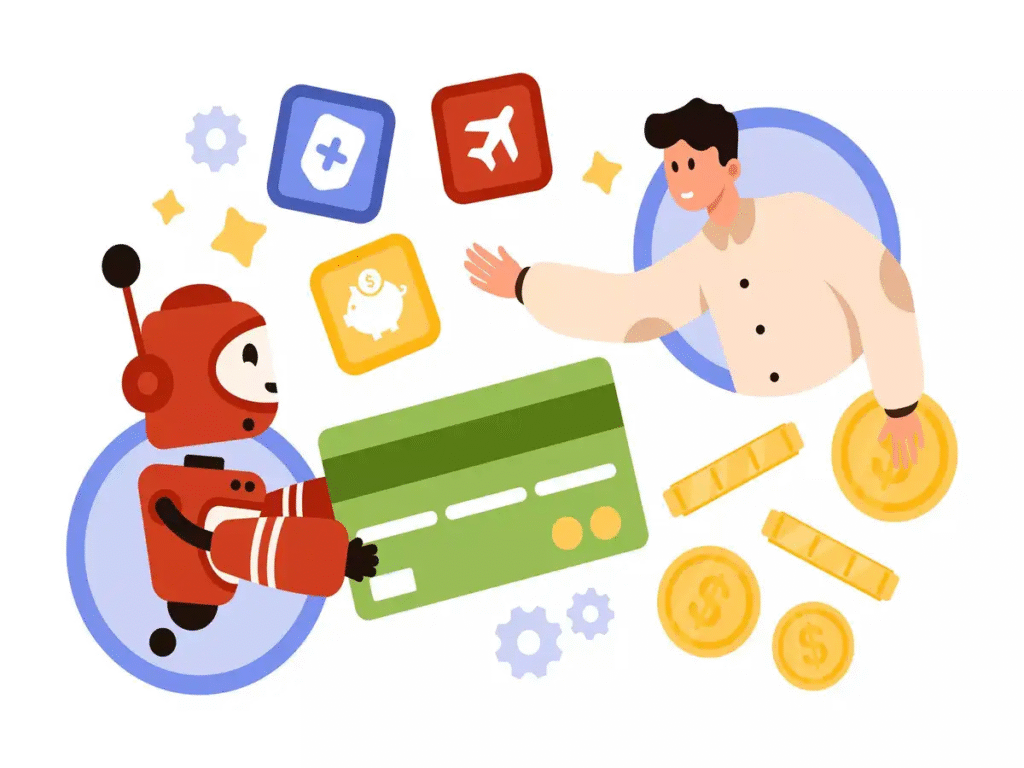AI Handle These 9 Jobs everywhere, and it can do some wild stuff, from writing that pesky expense-reimbursement request to spotting sales trends in a mountain of spreadsheets. The promise of a stress-free workday is almost irresistible. But experts who teach AI and study corporate tech keep shouting the same warning: let it loose in the wrong place, and you may wake up to a giant mess involving angry bosses, big fines, or ruined reputations the very next morning.
Pam Baker, who runs LinkedIn Learning’s AI cheat sheets and also wrote ChatGPT For Dummies, sums up the danger: “AI won’t wrap your confidential files in a shiny HIPAA shield, and it definitely won’t avoid spilling your secret company stuff. Once it hears you, the secrets are out—forever, maybe.” Privacy laws, industry regulations, and plain ol’ company loyalty can’t stop an algorithm that never forgets.
To help your team sidestep that upside-down morning, these nine task categories are off-limits:
1. Handling confidential or sensitive data
One of the most common slip-ups is letting AI tools peek at secure company or client info. Pasting passwords, personal data, or project secrets into a chatbot is like leaving the front door wide open. Even AI companies promise strict privacy, we can’t guarantee they’ll never save, analyze, or leak a detail. Picture your sensitive info suddenly appearing on a podcast or billboard the next day. If that scenario makes you cringe, keep the data out of AI tools. Treat every line you share with a robot as headline material.
2. Writing or reviewing contracts
Contracts aren’t just fancy papers—they’re promises each side is stuck to. A tiny typo, a fuzzy sentence, or a missing tiny clause can send a company into financial free fall. AI can crank out text that looks right, yet tiny blobs of incorrect data or even made-up “facts” can sneak in. The kicker is that if a contract’s terms are locked down, tossing that text to an AI might break the deal. There’s no substitute for a widely trained human eye in the legal world. Keep the keyboard to the experts when it comes to anything with a “signed-in-blood” line.
3. Relying on AI for legal stuff
Another big mistake is asking AI for legal help. As OpenAI’s Sam Altman pointed out, those AI conversations aren’t private anymore and could be pulled into court. A robot doesn’t care about client secrets the way a real lawyer does. Jessee Bundy, a Knoxville attorney, put it clearly: “AI legal tips aren’t private, aren’t safe, and could be used against you in a heartbeat.” Trusting a program could come back to haunt you when the gavel comes down.
4. Going to AI for health or money advice

Sure, AI explains hard stuff really well, but it isn’t a real doctor or money planner. Choices about health and cash can change your whole life. A robot can wrongfully “hallucinate” facts, and that mistake could mean bad medicine or big money losses. Relying on AI for advice this big is like putting your future on a spinning roulette wheel.
5. Passing off AI work as your own
Skipping the credits for AI work can end a career. When a worker hands in AI material and calls it their own, they’re risking their reputation and the job they love. A chat program stitches info from thousands of sources, so what looks “new” isn’t really original. Pretending it is breaks workplace rules and can shatter team trust. Getting caught might mean cleaning out your desk the next day. The lesson is clear: wait, don’t fake – honesty keeps jobs and teams safe.
6. Letting AI chat alone with customers
Every time a business talks to a customer, it’s a chance to build trust—or wreck it. AI chatbots are speedy, but speed can backfire: remember the Chevy dealer bot that offered a luxury truck for just a dollar? Talk about a Twitter moment. The rule is simple: let the bot help, but let a real person watch the action—maybe backstage—ready to jump in the scene so the customer can switch to human help whenever the chat gets twitchy.
7. Handing hiring and firing to algorithms
Deciding who gets hired or let go is deeply human—yet many bosses are using AI to handle raises, layoffs, or pink slips. The risk? AI can pick up hidden bias, and the results can end up in a discrimination lawsuit. Plus, the personal touch gets cut out just when it’s needed most. Blaming the “job score” or “machine logic” sounds safe, but a fired worker—and the rest of the team—might not see it that way. The risk of legal trouble and an unhappy workplace is all too real.
8. Journalists are the loudspeakers of the public square
When they call, they offer brands a chance to tell their story the way they want. If a company palms the microphone to a chatbot, though, it might say the wrong thing, and the microphone suddenly echoes with mocking laughter instead of applause. Reporters spot lifeless, robot-speak replies faster than a clickbait headline and will happily share them. Human insight, warmth, and cultural savvy are what turn the company line into a headline worth running. AI might compose smooth sentences, but authenticity only comes in a real voice.
9. Many developers are slipping AI tools into their daily routines like a lucky charm.
The charm can go to work for you, but it can also suddenly turn on you. Bugs that the tool pads into the background you can’t see or lines of code it erases because it confidently thinks it knows best can wipe whole projects. The real charm is what a daily backup does for you: shields and comebacks in the same click. Let the coding companion offer suggestions, but let the developer stay in the driver’s seat, mirroring the code in a safe version that can always go back to the last known happy state. AI is your co-pilot; the backup is your parachute.
AI Head-Slap Moments You Probably Missed

In real life, some AI slip-ups can really ruin the day—like when McDonald’s let a hiring chatbot leak the personal data of millions of job seekers. The CEO of the e-commerce site Dukaan bragged about replacing 90 percent of his customer support staff with AI, and the internet raked him over the coals. The Chicago Sun-Times tried to wow readers with an AI-made “best book list,” then learned the titles were fiction (literally nonexistent, just like the authors). And remember when an Xbox producer dumbfounded everyone by suggesting that laid-off workers chat with a bot to “feel better”? Yep, that one was Microsoft.
These headlines show that AI can save time—if you don’t let it take the wheel and crash the car instead.
Peeking Past Today: AI Tomorrow at the Office
AI is sticking around, and it’s about to glue itself even tighter to the workday. Think of it as the sidekick that can speed things up, like a superhero with a tablet, not the guy who replaces the whole superhero. Companies that spot the “no-go” zone and then stick to it will zoom ahead. Those that play fast and loose risk lawsuits, public “oops” moments, and downright shutdowns.
Over the next few years, businesses will probably tighten their own rules about how we use AI—sort of how they already limit who can peek at customer passwords or trade secrets. At the same time, regulators could step in to set guidelines for how technology weighs in on who gets a job, what care a patient receives, or how a loan gets approved. For the moment, however, the most sensible plan is cautious optimism. Let the software speed up the routine work, but leave the final call on everything that could lead to a big career, health, or money impact to a living, breathing person.
